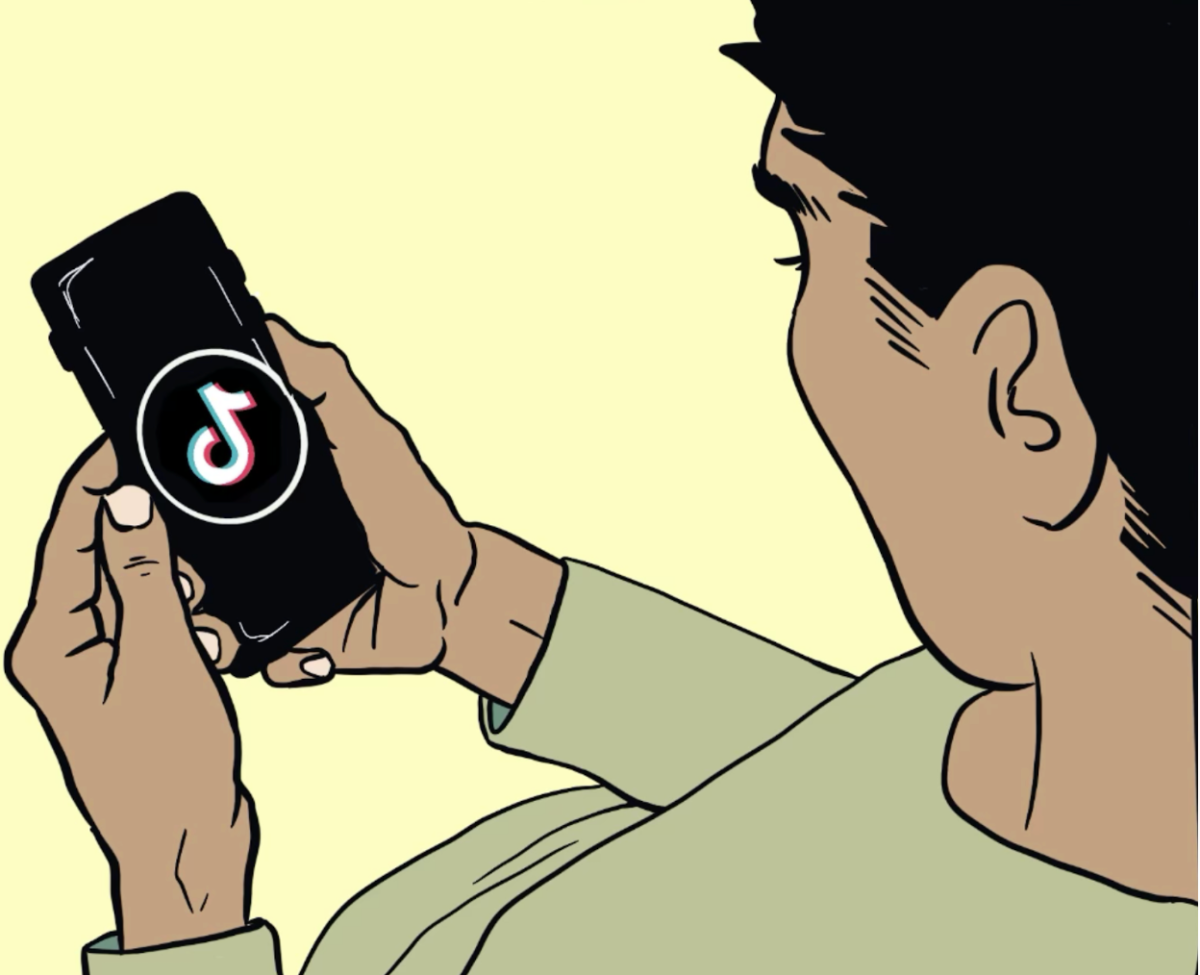Aggie Kruse
Reporter

It seems that every days experts give conflicting advice on health, and even when the professional medical community is divided, women must draw on personal logic and experience to make sense of the information, with creating a personalized plan and mixing advice from opposing guidelines as the best course of action.
Controversy arose last November when the United States Preventive Services Task Force, appointed by the government to study the effectiveness of screening, issued guidelines conflicting with those of other organizations like the American Cancer Society. The task force recommended women start biannual screening at age 50, as opposed to annually at 40.
The American Cancer Society, as did many other groups, repudiated the findings and kept its old recommendations. This applies to the average woman, and those with genetic predispositions or a family history should consult a doctor.
Both sides have evidence from studies to back their guidelines-all the more reason to compromise. Mammograms have saved younger women’s lives, and the FDA reports that mammograms can detect a lump over a year before it can be felt. At the same time, the National Cancer Institute projects that more than 1,900 women need to be screened in a year to save one life of a woman in her 40s, and 1.3 in 100,000 fatal breast cancers are induced by mammogram radiation in women who began screening at 40. Many of the lumps detected are either benign or growing too slowly to affect a woman in her lifetime.
The task force also refuted the usefulness of self-check exams, expressing concern that they caused unnecessary stress and unneeded biopsies in women who felt “lumps.” Self-check exams may or may not prove scientifically useful, but a woman knowing the feel of her own body will more likely help than harm, especially since mammograms can appear unclear or miss a small tumor at times. Occasional, not obsessive self-checks can keep women in tune with their health.
Perhaps women do not need to rush to a screening the moment 40 rolls around, although waiting until 50 might prove too late. Each woman should discuss what best fits herself with a doctor, and then decide what feels most comfortable. In general, receiving a few tests in the mid to late 40s then starting biannually in the 50s appears most prudent. In this way, any chances of early cancer are diminished and radiation impact is minimized. Compared to other screening methods of higher caliber, digital mammography possesses relatively low risk—the equivalent of two month’s worth of background radiation encountered naturally.
Women should not hesitate to take advantage of this useful technology, however, pursuing moderation and screening a little less in later years with monthly self-checks might maximize benefits.








